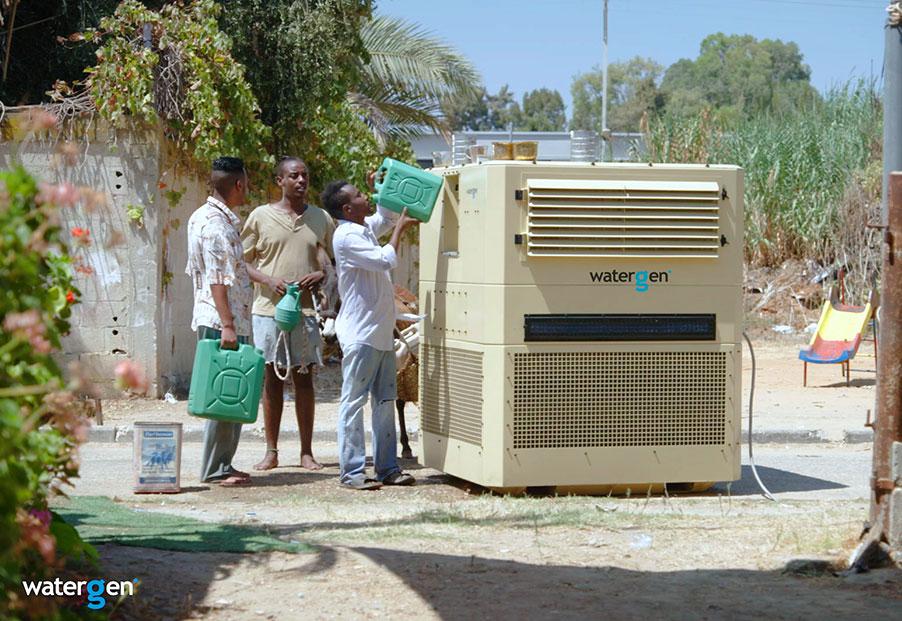It can be depressing and stressful to read about all the environmental problems today. But many innovative minds are at work on solutions.
Here are just a few of the interesting inventions that can help us face environmental challenges. They aren’t necessarily the most ground-breaking ones, but they can help us in all those little ways that add up to a big difference.
1. Machine Pulls Drinking Water Out of Air
Water-Gen has developed the world’s most energy-efficient atmospheric water generator. It can suck water vapor out of the air and treat it to make up to 825 gallons of drinking water per day.
A smaller version, for home or office use, can produce 4 gallons per day. Producing each gallon costs about 10 cents in energy use. It also purifies polluted air.

Courtesy of Water-Gen





